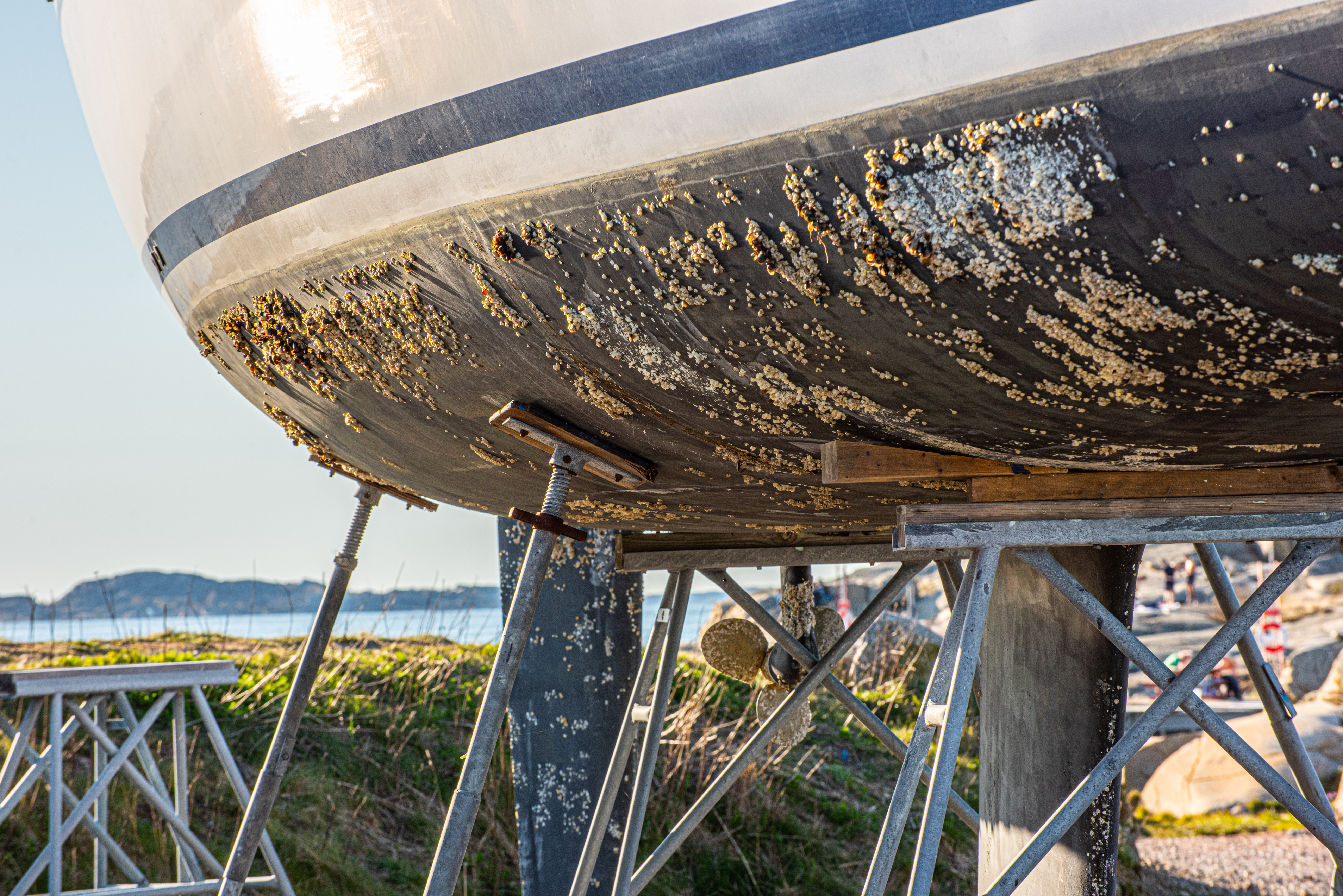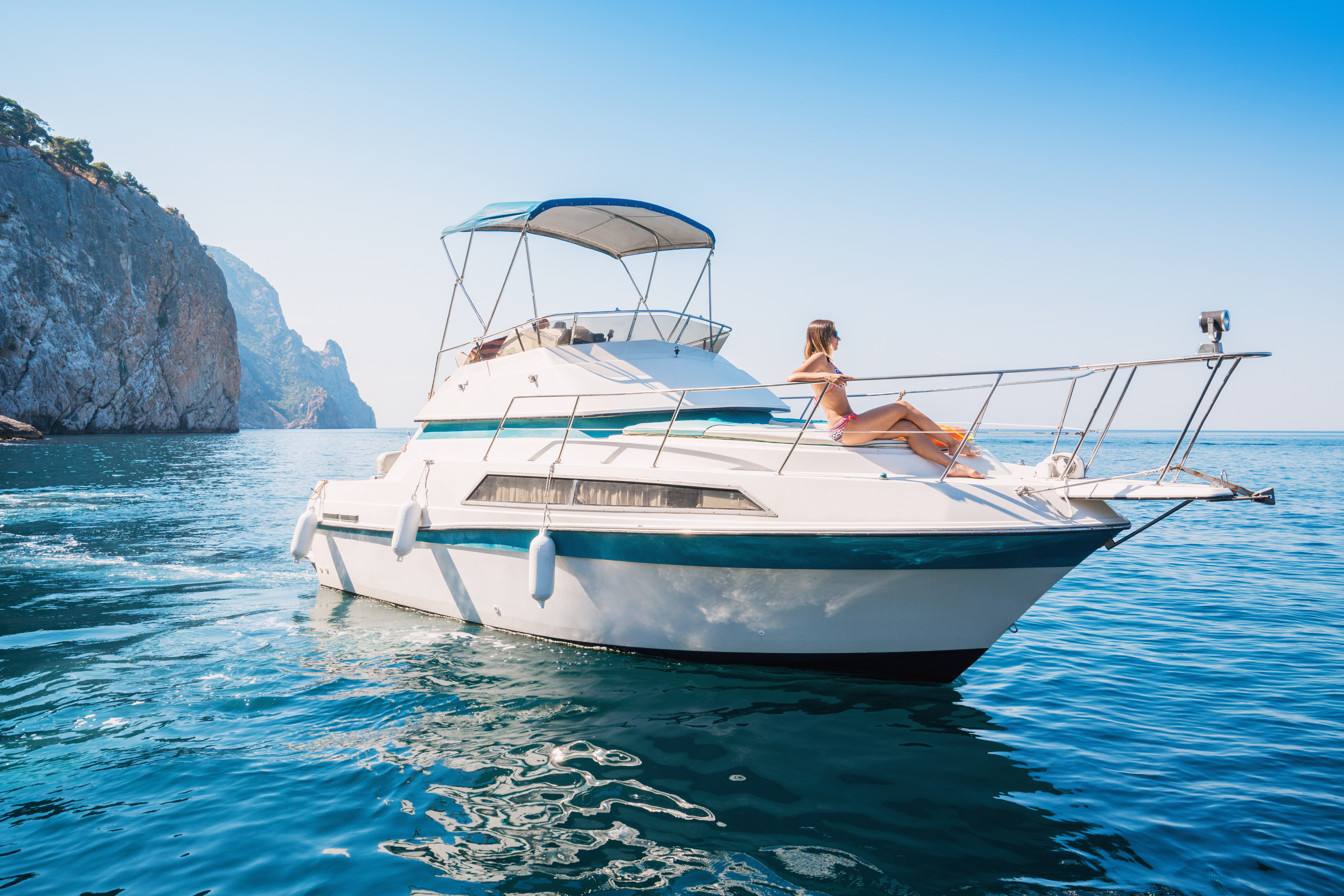Watch our Video about Speed Shield Marine.
When removing the old fouling and repainting with antifouling paints, it is not permitted to carry out any other work on or on the boat for health reasons. Antifouling painting work is thus a critical path in any refit project. With Speedshield Marine Pro antifouling films, this critical bottleneck in the project plan is eliminated with all the resulting benefits for you and your customers.
You only have to do a few things right in your life so long as you don’t do too many things wrong.
Warren Buffett
No hall space or tent enclosure necessary
To protect the environment and prevent the adhesion of foreign bodies during antifouling painting, elaborate enclosures or tents often have to be realised around the boat. For the application of antifouling films, these elaborate, work-preparing tasks can be omitted.
- With foiling, in contrast to varnishing, further work can be carried out on the boat
- During the foiling of your boat, other refit work can also be carried out on board or on the boat’s drive.
This flexibility and time saving for your refit project is your advantage over your market competitors. - 5 Years Warranty
- The security we give you strengthens your customers‘ trust in your company
- Application of the film by trained and certified teams
- When the boat is drained, e.g. for winter storage, no new antifouling is necessary, as is the case with paint coats.
- If other work on the underwater hull is necessary – e.g. work on the steering gear or the drive – the boat is lifted out of the water.
This also means that a new coat of antifouling paint is due. Not so with an antifouling film. If it dries, dust adhering to it will not affect the subsequent formation of fouling.
Win the refit project – Convince the owner of the advantages of the new antifouling
Take advantage of our antifouling solution to win the refit project with your prospects.
High efficiency in the powertrain through foiling of boat screws
Expensive and time-consuming antifouling and restoration work on the propellers
is no longer necessary because these components, which are essential for propulsion and steerability,
can be coated and given long-lasting protection.


